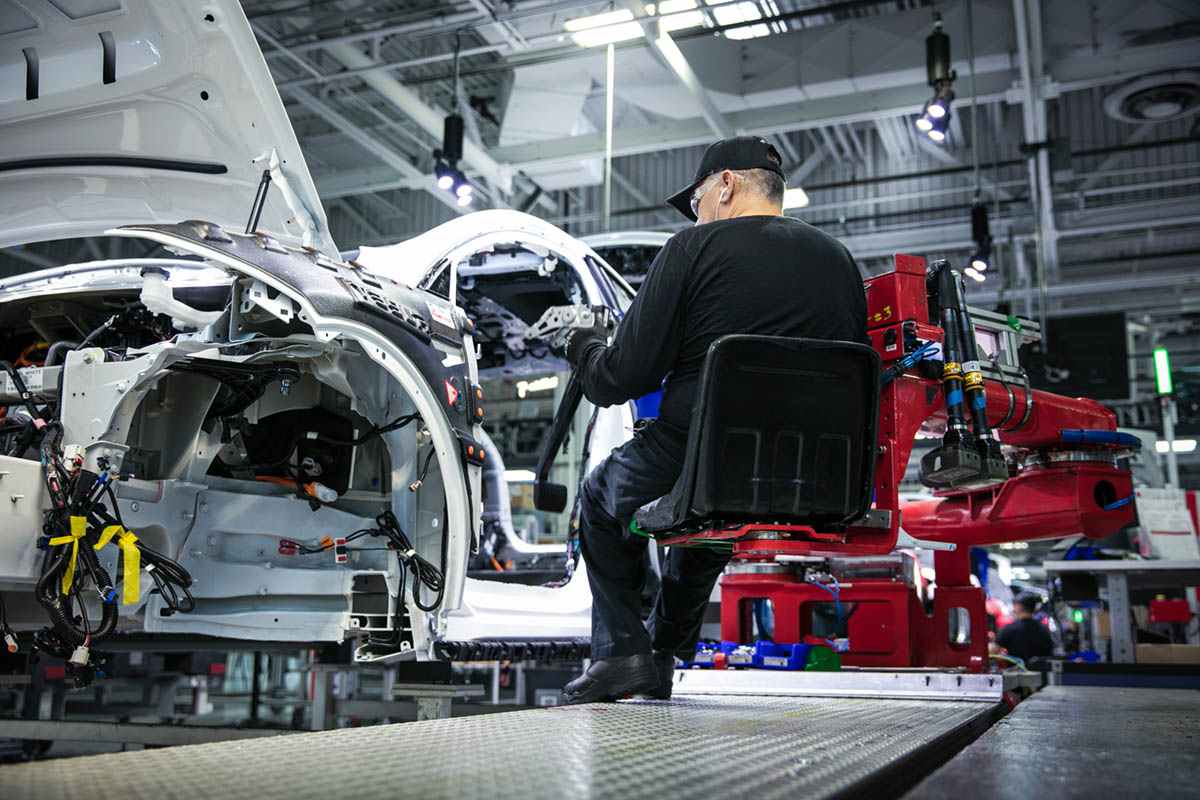
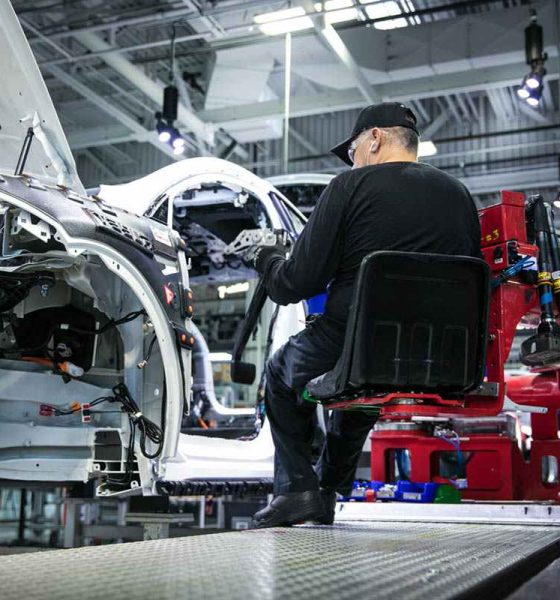
News
Tesla’s health clinic surgeon explains practice amid Reveal’s new allegations
Last Monday, an expose was published accusing Tesla of intentionally ignoring workers’ injuries. Citing former employees and a physician assistant who briefly worked in the company’s health clinic at the Fremont factory, Reveal, a publication that prides itself with its investigative reporting, accused Tesla of withholding medical care to its workers, to minimize how many injuries the company includes in its official records.
The new expose is not the first time Reveal trained its sights on the electric car maker. Earlier this year, the publication, based on accounts from former employees, accused Tesla of misreporting injury rates and ignoring safety concerns due to the whims of executives like Elon Musk. The publication’s allegations ultimately resulted in an investigation by the CAL-OSHA, which lasted four months. As noted by VP for Environmental, Health and Safety (EHS) Laurie Shelby during the third quarter earnings call and in a following blog post in Tesla’s official website, the CAL-OSHA investigation found no misreporting on Tesla’s part. The CAL-OSHA did find one safety issue and one record-keeping error during its four month-long investigation, in the form of an extension cord that was categorized as a trip hazard and an injury log that had an incorrect date.
Apart from doubling down on previous allegations — such as Tesla’s factories lacking hazard signs due to Elon Musk’s dislike of the color yellow — Reveal‘s new expose, written by journalist Will Evans, related several accounts of workers being denied proper medical care. One such instance involved a worker who severed the top of a finger being sent to the emergency room in a Lyft, as well as an employee who was asked to report to work even after being injured in the Model X line. The publication also alleged that Tesla forbids employees to call 911 without a doctor’s permission. Former PA Anna Watson, who worked in Tesla’s Fremont health clinic for about three weeks, noted that Tesla’s employees are paying the price for the company’s unsafe practices. Watson further alleged that she was terminated by Access Omnicare after raising safety concerns.
“The goal of the clinic was to keep as many patients off of the books as possible. The way they were implementing it was very out of control. Every company that I’ve worked at is motivated to keep things not recordable. But I’ve never seen anybody do it at the expense of treating the patient,” she said.
The publication’s new allegations have emerged as a dark cloud hovering over Tesla’s revamped workers’ safety programs, which have been at the forefront of the company as it continues to ramp its operations. Since hiring VP for Environmental, Health and Safety (EHS) Laurie Shelby last year, Tesla has actively rolled out new initiatives to raise the level of safety for its facilities’ amidst the company’s ever-increasing number of workers. Shelby, for one, has noted that Tesla remains focused on its efforts to become the safest car factory in the world.
Tesla is yet to respond to Reveal‘s new report, though a spokesperson from the company noted that Watson completed a total of five shifts before her employment was terminated. Dr. Basil Besh, an orthopedic surgeon and founder of Access Omnicare, has also issued a statement explaining the company’s practices when dealing with workers’ injuries. Besh, who currently serves as the chair of the American Academy of Orthopaedic Surgeons (AAOS) Board of Councilors (BOC), noted that the care that Access Omnicare gives to Tesla’s employees is the same care he gives to his personal clientele. The orthopedic surgeon noted that he had spoken to Reveal journalist Will Evans about the safety practices in the Fremont factory.
“I spent nearly one hour with Reveal detailing Tesla’s decision earlier this year to bring me and my medical team on site at Fremont, providing its employees with state-of-the-art occupational and musculoskeletal health care. I detailed our vision for exemplary patient care, and I gave specific examples of protocol improvements and subsequent successes in outcomes in only four short months, including accurate diagnoses and reducing needless delays for advanced testing and treatment. I patiently educated Will Evans on how Tesla allowed me to give the same care to Tesla employees that I do to my private patients including ones who are professional athletes, with the ability to get necessary testing and treatment in a timely manner without being hindered by an often cumbersome California Worker’s Compensation System that sometimes negatively effects injured workers.”
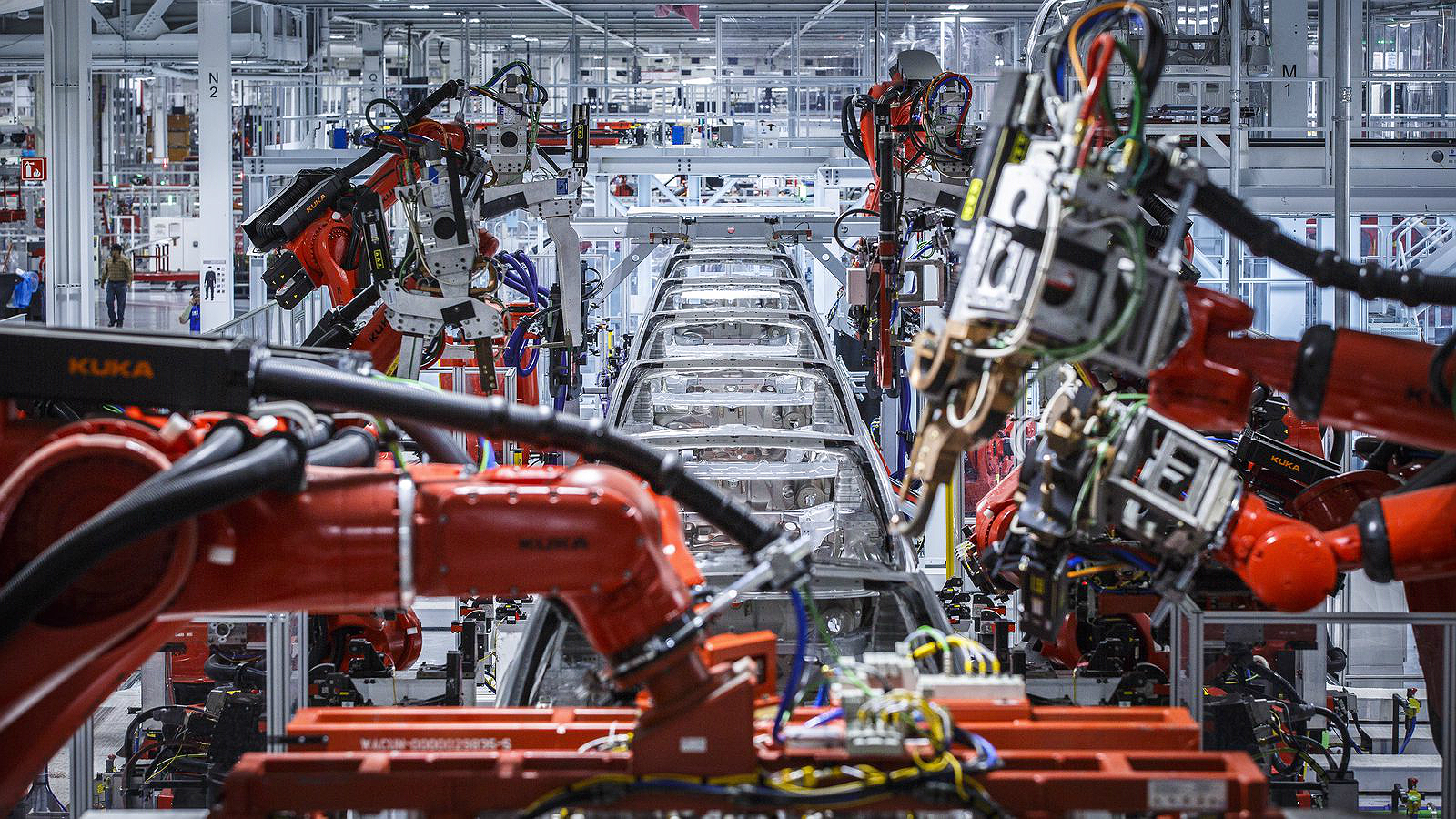
Dr. Besh further noted that different types of injuries require different types of immediate care. The medical professional also denies that any malpractice is ongoing in the Tesla factory.
“I counseled Will on the difference between subjective complaints of pain, which cannot be proven and are often magnified, and objective signs found only on careful clinical examination by an experienced physician. I even mailed Will a copy of a relevant chapter from the American Medical Association Return to Work Guidelines and offered to make myself available for additional questions. Research and evidence-based medicine indicate that deconditioning injuries involving sore muscles should not be treated with inactivity as this only exacerbates the problem, but should instead be treated by proactive conditioning, ergonomic modifications, and supportive care. Not all patients in pain should be off work, at home, and on opioids. In fact, it is most often in these patients’ best interest to have supportive care that enhances their activity, their function, and their well-being.
“As a physician, my foremost obligation is to perform a careful history and physical examination, order additional tests when clinically indicated, make an accurate diagnosis, and deliver the absolute best care possible. If patients are injured, and continued work presents safety issues for the patient, myself and my fellow physicians prescribe the appropriate work restrictions. Any suggestion that myself or any of my medical team at AOC allow external factors to influence our medical care in any way is false and inaccurate.”
Ultimately, Dr. Besh also pointed out that ambulances are reserved for life or limb-threatening injuries. The surgeon did not provide a direct comment about former physician assistant Anna Watson, due to the latter being the subject of an ongoing investigation by the California Medical Board.
“Rather than deliver an informative and balanced piece of journalism, Reveal has instead chosen to hitch its wagon to Ms. Anna Watson, a provider with whom we severed ties after less than two weeks at our clinic and about whom I cannot provide any additional comment as she is currently the subject of an investigation by the California Medical Board. Instead of highlighting the tremendous progress being made in both patient safety and patient care at Tesla, this report uses poor sourcing to tell a story consistent with a predetermined agenda,” Dr. Besh stated.

News
Tesla Giga Berlin is still ramping production to meet Model Y demand: plant manager
Tesla Gigafactory Berlin has expanded to two full shifts, as per the facility’s plant manager, and a lot of it is due to Model Y demand.
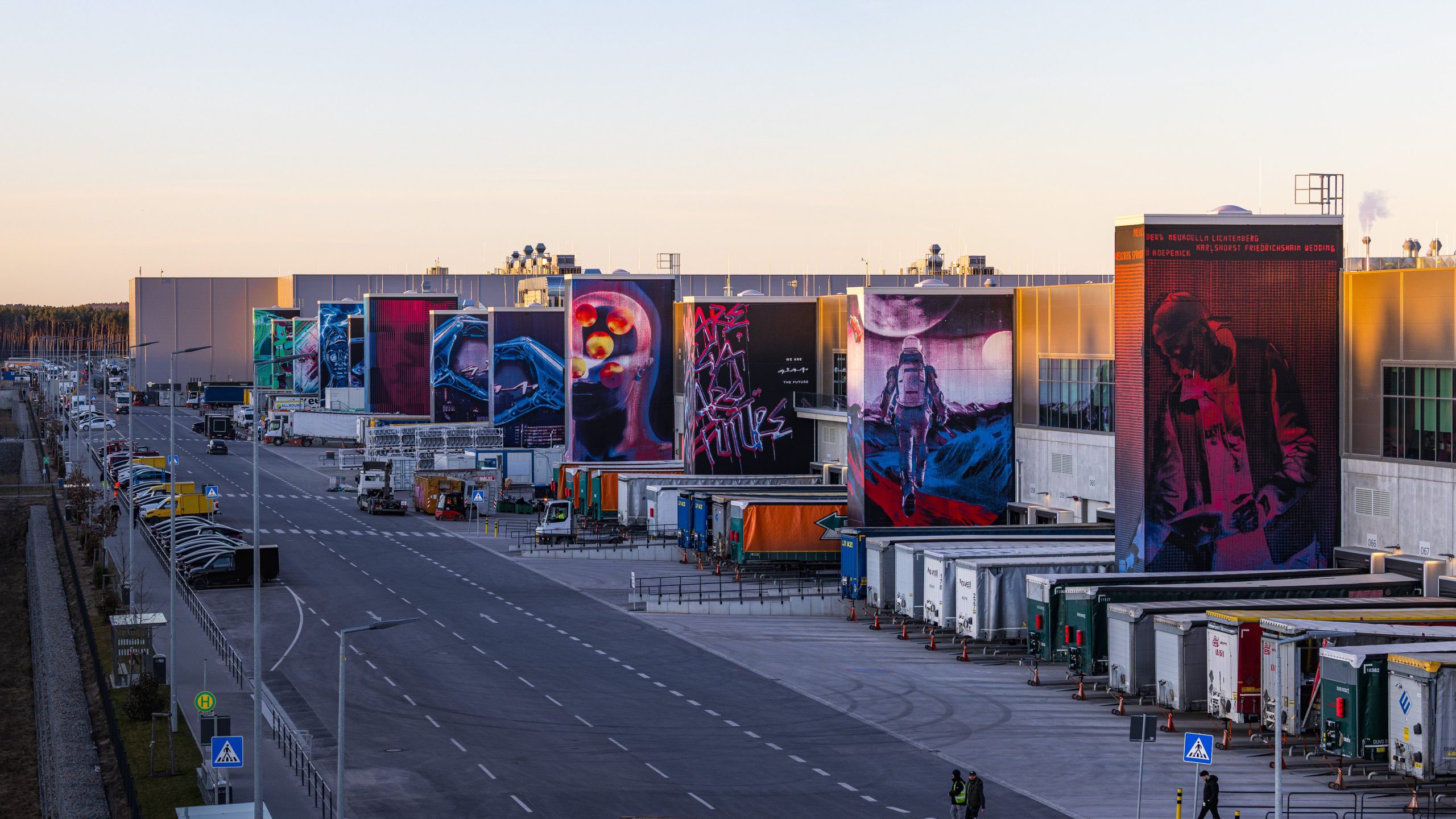
Tesla Gigafactory Berlin has expanded to two full shifts, as per the facility’s plant manager, and a lot of it is due to Model Y demand. While registrations in some countries such as Sweden have fallen sharply this year, the company’s sales in other key territories have been rising.
Giga Berlin shifts to two shifts
Giga Berlin factory manager André Thierig told the DPA that the facility has been running two shifts since September to manage a surge in global orders. And due to the tariff dispute with the United States, vehicles that are produced at Giga Berlin are now being exported to Canada.
“We deliver to well over 30 markets and definitely see a positive trend there,” Thierig said.
Despite Giga Berlin now having two shifts, the facility’s production still needs to ramp up more. This is partly due to the addition of the Tesla Model Y Performance and Standard, which are also being produced in the Grunheide-based factory. Interestingly enough, Giga Berlin still only produces the Model Y, unlike other factories like Gigafactory Texas, the Fremont Factory, and Gigafactory Shanghai, which produce more than one type of vehicle.
Norway’s momentum
Norway, facing an imminent tax increase on cars, has seen a historic spike in Tesla purchases as buyers rush to secure deliveries before the change takes effect, as noted in a CarUp report. As per recent reports, Tesla has broken Norway’s all-time annual sales record this month, beating Volkswagen’s record that has stood since 2016.
What is rather remarkable is the fact that Tesla was able to achieve so much in Norway with one hand practically tied behind its back. This is because the company’s biggest sales draw, FSD, remains unavailable in the country. Fortunately, Tesla is currently hard at work attempting to get FSD approved for Europe, a notable milestone that should spur even more vehicle sales in the region.
News
Tesla launches crazy Full Self-Driving free trial: here’s how you can get it
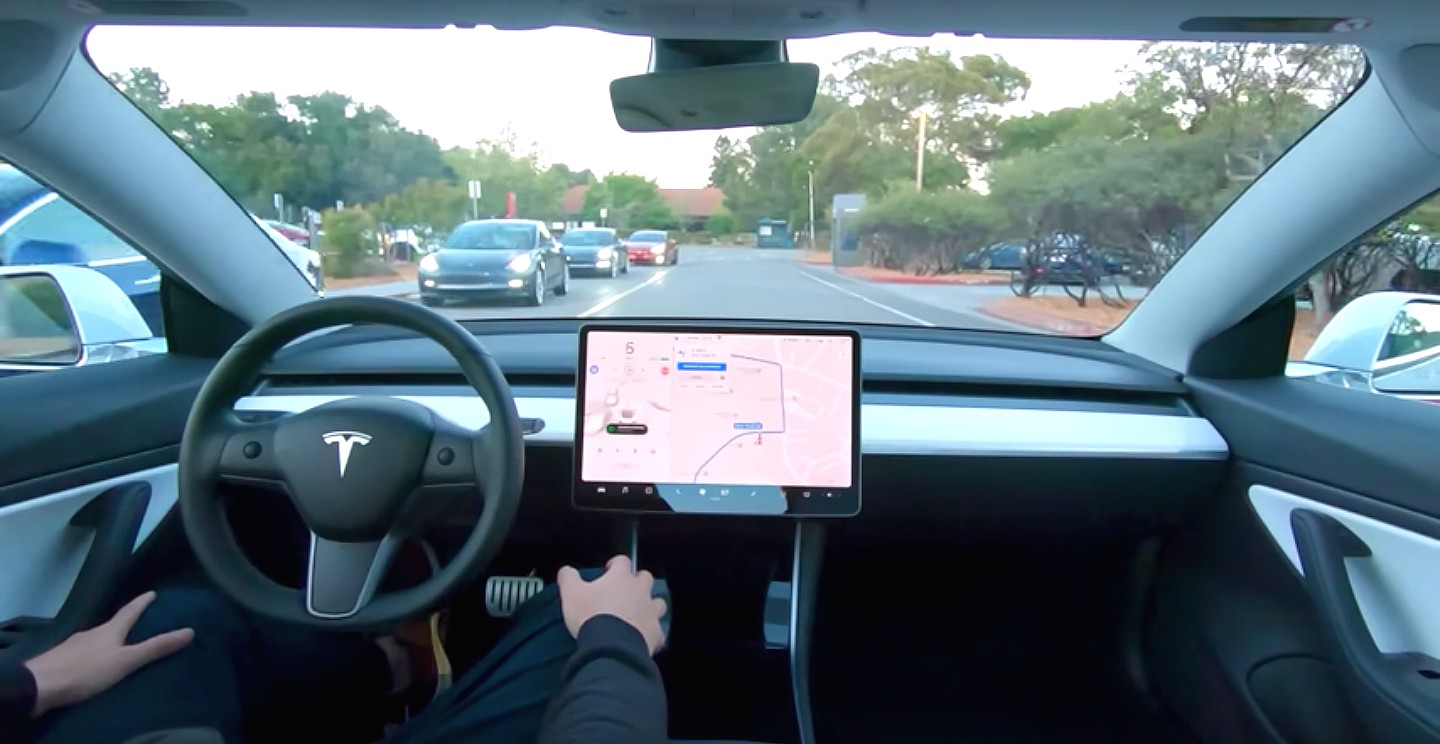
Tesla is launching a crazy Full Self-Driving free trial, which will enable owners who have not purchased the suite outright to try it for 30 days.
There are a handful of stipulations that will be needed in order for you to qualify for the free trial, which was announced on Thursday night.
Tesla said the trial is for v14, the company’s latest version of the Full Self-Driving suite, and will be available to new and existing Model S, Model 3, Model X, Model Y, and Cybertruck owners, who will have the opportunity to try the latest features, including Speed Profiles, Arrival Options, and other new upgrades.
🚨 Tesla is launching a free 30-day trial of Full Self-Driving in North America for owners.
It includes every model, but you need v14.2 or later, and you cannot have already purchased the suite outright. https://t.co/8CNmxxOkVl
— TESLARATI (@Teslarati) November 27, 2025
You must own one of the five Tesla models, have Full Self-Driving v14.2 or later, and have an eligible vehicle in the United States, Puerto Rico, Mexico, or Canada.
The company said it is a non-transferable trial, which is not redeemable for cash. Tesla is reaching out to owners via email to give them the opportunity to enable the Full Self-Driving trial.
Those who are subscribed to the monthly Full Self-Driving program are eligible, so they will essentially get a free month of the suite.
Once it is installed, the trial will begin, and the 30-day countdown will begin.
Tesla is making a major push to increase its Full Self-Driving take rate, as it revealed that about 12 percent of owners are users of the program during its recent earnings call.
Tesla CFO Vaibhav Taneja said during the call:
“We feel that as people experience the supervised FSD at scale, demand for our vehicles, like Elon said, would increase significantly. On the FSD adoption front, we’ve continued to see decent progress. However, note that the total paid FSD customer base is still small, around 12% of our current fleet.”
Earlier today, we reported on Tesla also launching a small-scale advertising campaign on X for the Full Self-Driving suite, hoping to increase adoption.
Tesla Full Self-Driving warrants huge switch-up on essential company strategy
It appears most people are pretty content with the subscription program. It costs just $99 a month, in comparison to the $8,000 fee it is for the outright purchase.
News
Tesla Full Self-Driving warrants huge switch-up on essential company strategy
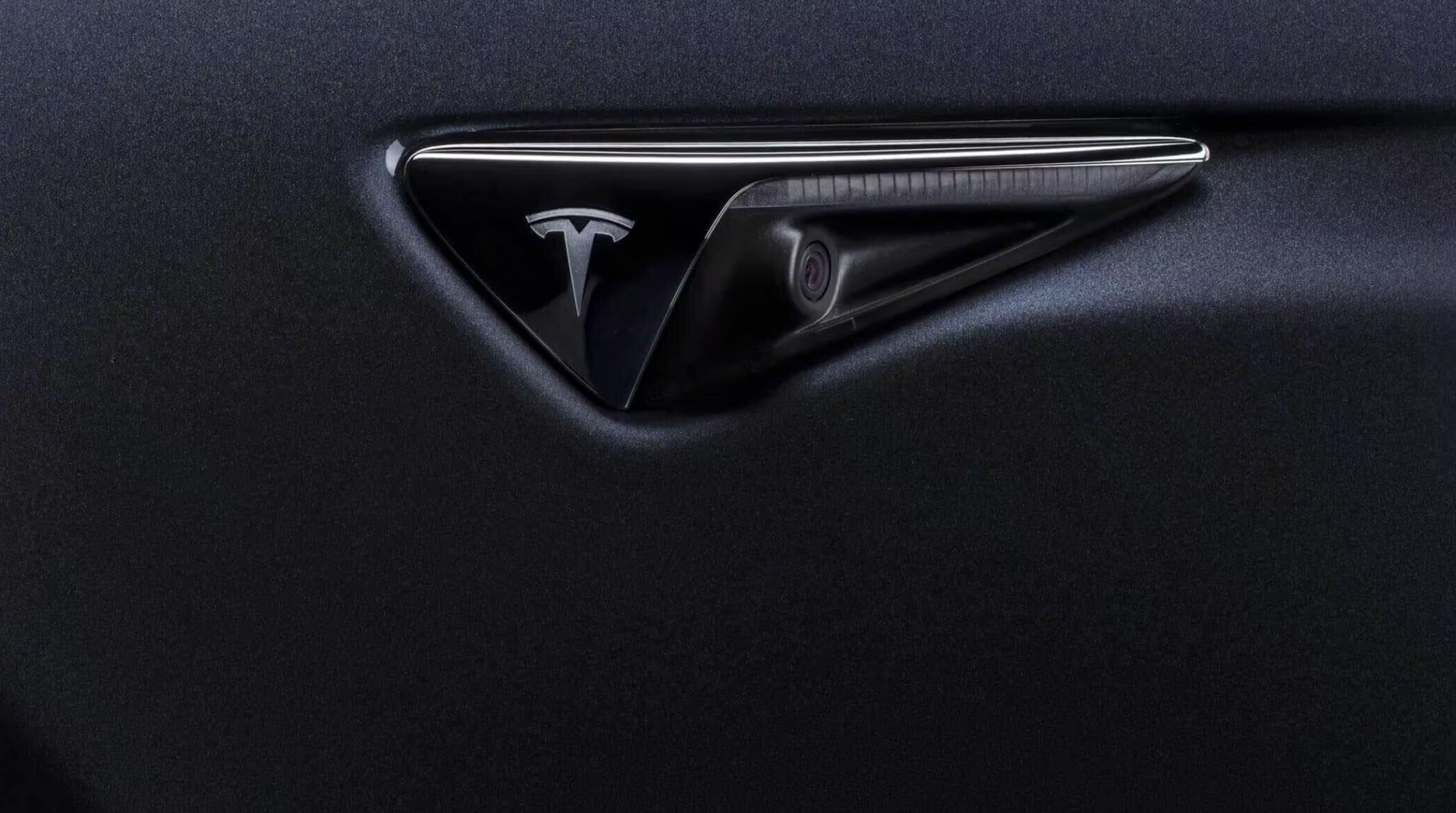
Tesla Full Self-Driving has warranted a huge switch-up on an essential company strategy as the automaker is hoping to increase the take rate of the ADAS suite.
Unlike other automotive companies, Tesla has long been an outlier, as it has famously ditched a traditional advertising strategy in favor of organic buzz, natural word-of-mouth through its production innovation, and utilizing CEO Elon Musk’s huge social media presence to push its products.
Tesla has taken the money that it would normally spend on advertising and utilized it for R&D purposes. For a long time, it yielded great results, and ironically, Tesla saw benefits from other EV makers running ads.
Tesla counters jab at lack of advertising with perfect response
However, in recent years, Tesla has decided to adjust this strategy, showing a need to expand beyond its core enthusiast base, which is large, but does not span over millions and millions as it would need to fend off global EV competitors, which have become more well-rounded and a better threat to the company.
In 2024 and 2025, Tesla started utilizing ads to spread knowledge about its products. This is continuing, as Full Self-Driving ads are now being spotted on social media platforms, most notably, X, which is owned by Musk:
NEWS: Tesla is running paid advertisements on X about FSD (Supervised). Here’s an ad they started running yesterday: pic.twitter.com/IHVywLMyTd
— Sawyer Merritt (@SawyerMerritt) November 25, 2025
Interestingly, Tesla’s strategy on FSD advertising is present in Musk’s new compensation package, as the eleventh tranche describes a goal of achieving 10 million active paid FSD subscriptions.
Full Self-Driving is truly Tesla’s primary focus moving forward, although it could be argued that it also has a special type of dedication toward its Optimus robot project. However, FSD will ultimately become the basis for the Robotaxi, which will enable autonomous ride-sharing across the globe as it is permitted in more locations.
Tesla has been adjusting its advertising strategy over the past couple of years, and it seems it is focused on more ways to spread awareness about its products. It will be interesting to see if the company will expand its spending even further, as it has yet to put on a commercial during live television.
We wouldn’t put it out of the question, at least not yet.









